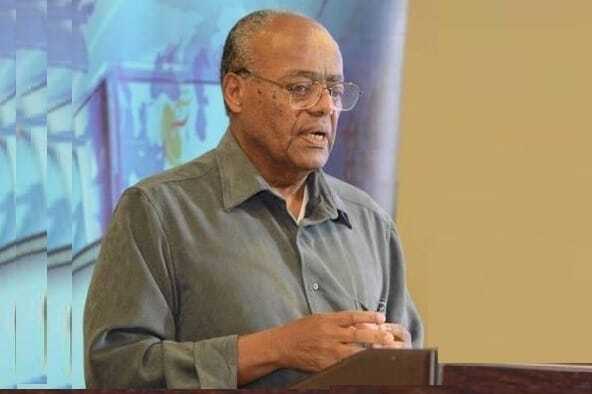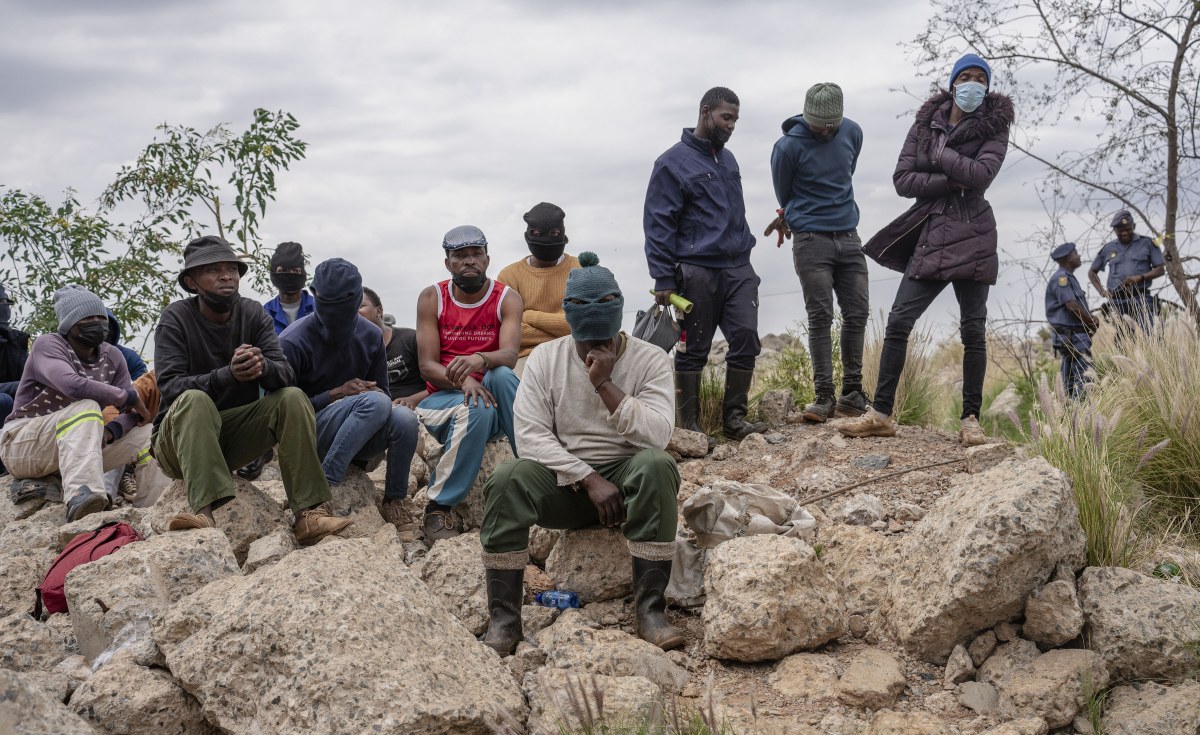While Tanzania is envied for having immense opportunities for agricultural development, doubtful farming stakeholders are arguing that without joining forces and using proven experience of institutions like SAGCOT, modern agricultural development will not be realised as quickly as it is perceived.
“Few African countries can pride themselves of having 20 million of arable land awaiting development. Few countries get good rains as we do.
Tanzania has 44 million hectares of arable land,” said Dr Ferdinand Bayaka, a retired public servant, now a small dairy farmer on the environs of Dar es Salaam city. “Go to Mpwapwa and you will know what I am talking about.
“I have lived there, I have lived in Kongwa,” he said, quipping that what Tanzanians dismiss as arid land, elsewhere on this continent “it is first choice land for farming.”
Dr Bayaka said until he retired in 2015, the impression he had was that less than 30 per cent of Tanzania’s arable had been put to good use. “We have to join forces to develop agriculture, shed poverty and if you like feed Africa by 2030. Use SAGCOT model because it is there,” he said.
The ambition of Southern Agricultural Growth Corridor of Tanzania (SAGCOT), since its inception in 2010, has been to work with partners to have inclusive, sustainable and viable agricultural value chains in southern Tanzania. SAGCOT now has clusters, namely Ihemi, Mbarali and Kilombero, in southern and Morogoro regions respectively. SAGCOT says clusters have sufficient land and conducive climate.
Agricultural stakeholders agreed that SAGCOT has accumulated valuable experience that should be spread countrywide.
An official from SAGCOT centre said: “By2030, SAGCOT partners seek to bring 350,000 hectares of land into profitable production, transition 100,00 small-scale farmers into commercial farming, create 420,00 new jobs, lift 20 million people out of poverty and generate 1.2 billion dollars in annual farming revenue.”
The government of President Samia Suluhu Hassan wants to push further Tanzania’s commitment to commercialise agriculture while creating income opportunities for small farmers in rural and urban Tanzania, hence the slogan: “let’s work hard to feed Africa by 2030.”
A recent meeting on agricultural development held in Dar es Salaam called for popularizing the SAGCOT model “in all districts of Tanzania in order to achieve President Samia’s vision to feed Africa by 2030.”
“To me this is not an empty slogan. Many African countries would import foodstuffs from Tanzania if we produced a lot of food crops and sold the surplus. And Tanzania can if we chose to be serious,” said Dr Bayaka.
Dr Tasco Luambano, Mzumbe University Lecturer, said SAGCOT’s approach to agricultural development is an open secret. “Agricultural stakeholders want the SAGCOT model to be adopted countrywide. I think they are right. This is the time to do so in order to change the lives of small farmers,” he said.
He said effort should be made urgently to ensure implementers of the government’s Build a Better Tomorrow (BBT) programme work together with the SAGCOT centre so that small farmers countrywide can benefit from SAGCOT’s experience.
Ms Maria Kayombo said small farmers have benefited from SAGCOT’s initiative in developing crop value chains in Ihemi cluster. The cluster serves Iringa and Njombe Regions.
“We used to grow Irish potatoes without paying attention to small but important aspects. We used poor implements. Our harvests were small. Now we are harvesting almost three times of the amount we used to harvest,” she said.
Harvests have jumped from seven tonnes per hectare in the 2013/14 season to between 28-50 tonnes in 2022/2023 fiscal year.
The SAGCOT CEO, Mr Geoffrey Kirenga, contacted for comment, said the SAGCOT centre is ready to work with every district in Tanzania on the proposal because their role is to facilitate its partners to deliver on inclusive, sustainable and commercial agricultural value chains especially in the southern corridor.










